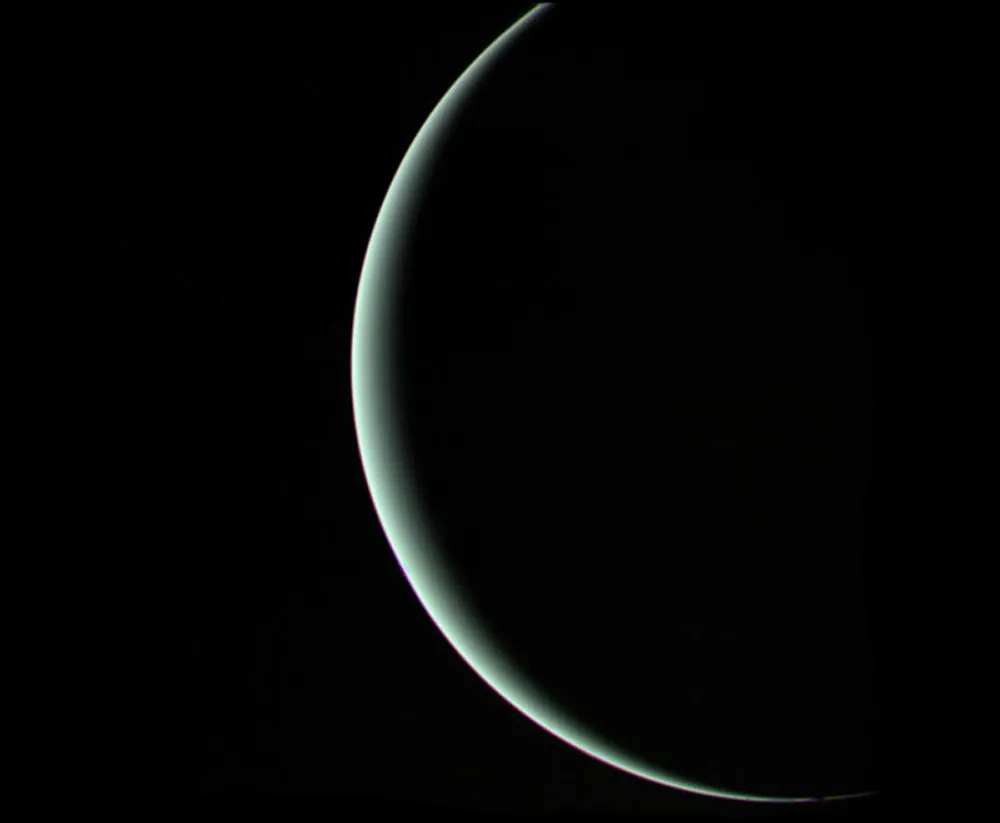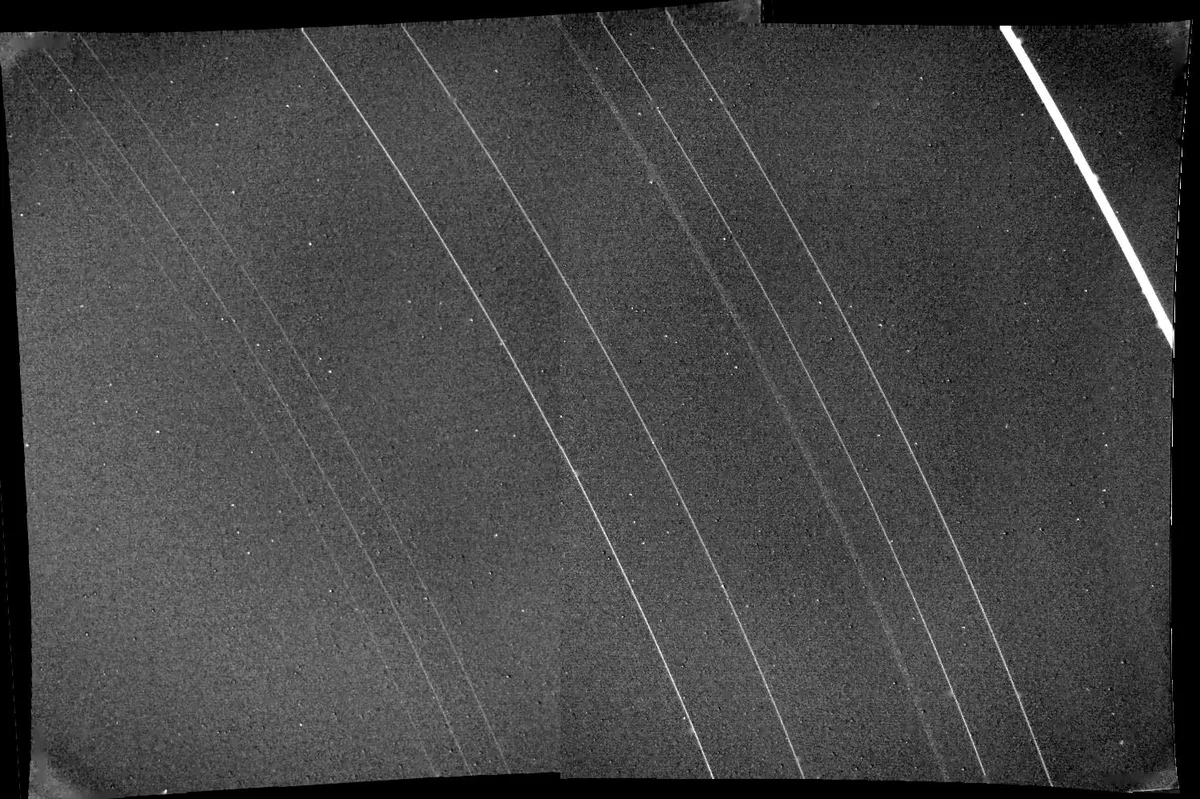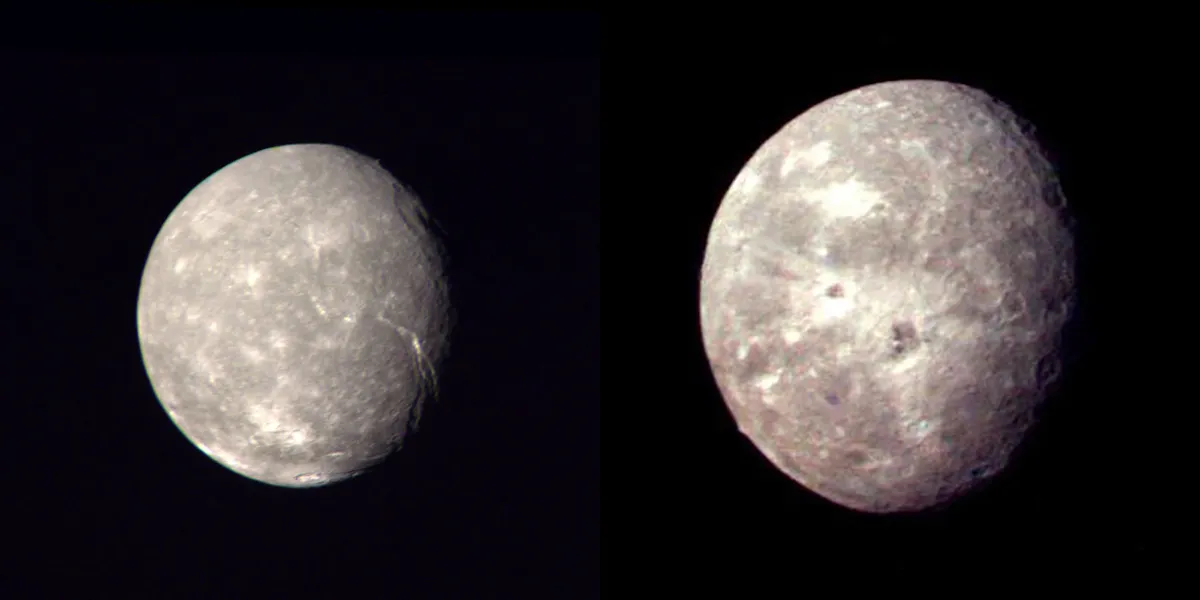When NASA's Voyager 2 spacecraft flew by Uranus in 1986, planetary scientists were treated to their first ever close-up view of the ice giant planet.
What's more, Voyager 2 has been the only spacecraft to visit Uranus so far, meaning much of what scientists know about the planet has been gleaned from that fleeting encounter.
More on Uranus

The flyby also threw up some unexpected results, which a team of astronomers have now seemingly been able to solve by diving back into the data.
Results have implications for our understanding of Uranus's magnetosphere, and could mean its moons are more geologically active than thought.

Voyager 2's Uranus flyby
Uranus is a strange world. It rotates on its side and is the coldest planet despite not being the furthest from the Sun.
Planetary scientists don't know as much about it as they do about, say, Mars or Jupiter, which have been extensively studied by rovers and orbiters.
Voyager 2's flyby revealed previously-unknown moons and rings around Uranus.
It also detected energised particles at Uranus that seemed at odds with scientists' understanding of how magnetic fields work to trap particle radiation.
This led to the idea that Uranus was something of a scientific anomaly in the Solar System.

Astronomers have gone back to look at the Voyager 2 data and found this apparent anomalous data could have been sheer coincidence.
In the days leading up to the flyby, Uranus was hit by a strange kind of space weather that squashed the planet’s magnetic field.
This had the effect of compressing Uranus’s magnetosphere.
"If Voyager 2 had arrived just a few days earlier, it would have observed a completely different magnetosphere at Uranus," says Jamie Jasinski of NASA’s Jet Propulsion Laboratory in Southern California, lead author of the study published in Nature Astronomy.
"The spacecraft saw Uranus in conditions that only occur about 4% of the time."

Something strange in Uranus's magnetosphere
A magnetosphere around a planet acts as a sort of protective shield, with a magnetic core and magnetic field.
It protects the planet from the solar wind, a stream of charged particles emanating from the Sun.
Earth's magnetosphere, for example, helps protect us from these charged particles, and so understanding more about how they work is of vital importance.
Voyager 2 found electron radiation belts within Uranus's magnetosphere so intense, they would be bettered only by Jupiter's radiation belts.
But there was apparently no source of energised particles to feed the planet's active belts.
And scientists knew the five major moons around Uranus, in the magnetic bubble, should have been producing water ions, so concluded the moons must be inert with no ongoing activity.

Mystery solved?
New analysis of the data says when plasma from the Sun hit Uranus's magnetosphere, it ejected plasma out of the system
This solar wind event would have intensified the dynamics of the magnetosphere, strengthening the belts by injecting electrons into them.
Having now explained the temporarily missing plasma, the team say the moons may have been ejecting ions into the surrounding bubble all along.
This means some of Uranus's moons could be geologically active after all.
Linda Spilker of NASA's Jet Propulsion Laboratory was among the Voyager 2 mission scientists who got first glimpse of the Uranus flyby data in 1986.
"The flyby was packed with surprises, and we were searching for an explanation of its unusual behavior. The magnetosphere Voyager 2 measured was only a snapshot in time," says Spilker.
"This new work explains some of the apparent contradictions, and it will change our view of Uranus once again."
